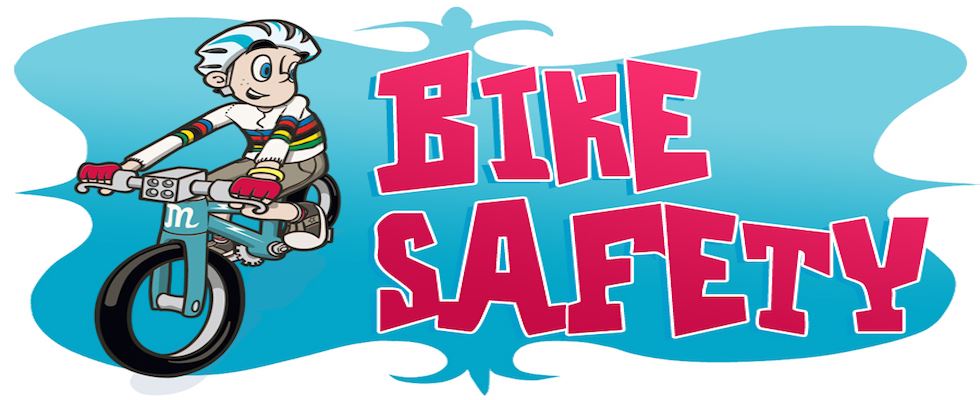![]()
![]()
A horse is a horse, of course, of course,
And no one can talk to a horse of course
That is, of course, unless the horse
is the famous Mr. Ed.
In keeping with the historical theme, this week’s safety tip is drawn from a column on the subject from an old issue of the Flat Tyre.
While most of us are familiar with how to interact with cars, other bicyclists and pedestrians, many of us are less familiar with the proper etiquette when meeting up with and passing horses. When you meet up with a horse on a road or pathway, there are several things to know that help make the interaction a safe one for you, the person riding the horse, and for the horse itself. Bicyclists often frighten horses who sometimes bolt uphill when spooked, causing potential danger for everyone involved. Section 21759 of the California Vehicle Code gives people riding or leading stock animals the right to direct pedestrians, cyclists, and motorists to ensure their safety and the safety of their animals.
When meeting with a horse on a road be sure to:
- Slow down and pull over to the side
- Actually stop if it’s a narrow road
- Quietly greet the rider and ask if you are ok where you are
- Follow any instructions from the person on the horse
If you come up from behind a horse on a road or trail, be sure to slow down and as you approach the equestrian call out a friendly greeting from about 50-75 feet away. Ask the person what they would like you to do or how they would like you to get by. Find out if they would like you to get off and walk or pass slowly at the next safe spot. Most importantly, do not approach a horse from behind on a narrow pathway. If you see that you are coming up behind a horse or horses, you need to stop and wait until the path is clear.



